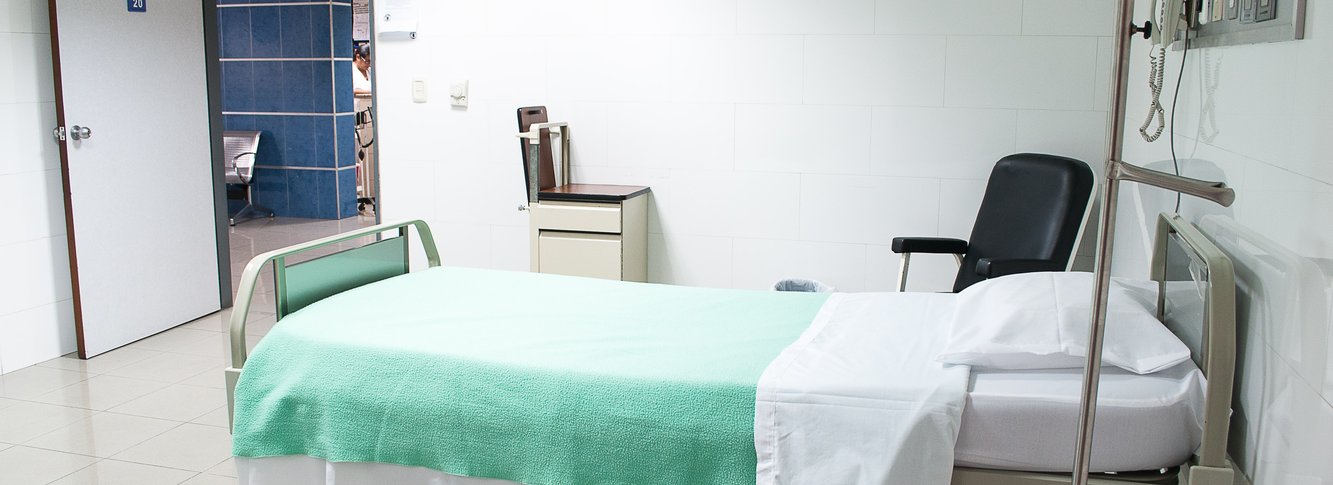| 5 mins read
At the end of May, the Irish people will vote in a referendum which will ask whether they want to remove the 8th Amendment from the constitution. But the question of how the law might be developed in ways that will properly respect the rights of pregnant people has received less attention.
The 8th Amendment is the constitutional provision which prohibits access to abortion except as a last resort to save the life of a pregnant woman. Successive courts have interpreted it restrictively. So, women who have been raped; whose foetuses have been diagnosed with a fatal anomaly; whose physical or mental health is at risk because of the pregnancy or who simply cannot remain pregnant, cannot legally have an abortion in Ireland. Instead they travel abroad for the procedure or, increasingly, use online telemedicine services such as Women on Web, to obtain abortion pills. The Together for Yes campaign is advocating a vote for repeal so that women in Ireland who need to end pregnancies can access abortion care in their home country.
We cannot say for certain what Irish abortion legislation will look like after a successful referendum, as a referendum does not oblige the government to pass any particular law.
However, the government has indicated that it will draft a statute allowing women to access abortion in the first trimester of pregnancy without the need to prove any specific grounds. Women who have been raped will, it is hoped, feel able to access abortion within this 12 week ‘protected period’; there will be no adversarial inquiry into the circumstances of conception. After 12 weeks, it will be more difficult to access an abortion; a woman will need to satisfy two doctors that her life or health is at risk, or that her foetus has been diagnosed with a fatal anomaly so that it is likely to die before or during birth. These proposals are the product of long deliberation - first in a Citizens’ Assembly held last year, chaired by retired judge Mary Laffoy, and then in an All-Party parliamentary committee. At both the Assembly and the Committee, participants heard from women who had had abortions, as well as from legal, medical and policy experts.
The legislative proposals are imperfect. In particular, it may be that the 12 week ‘protected period’ is insufficient to assist women who for reasons of health, youth, vulnerability or economic exclusion are unable to access care in time.
Some aspects of the proposed legislation bear the marks of government’s refusal to fully engage with difficult issues. So, for example, the omission of a ‘disability ground’ is consistent with international human rights law, but the proposed legislation says nothing to the needs of families who have received a diagnosis of severe, but non-life-threatening foetal impairment.
The proposal that women should have to endure a three-day mandatory waiting period suggests an ongoing discomfort with women’s decision-making, and could also delay rural women’s access to care. The omission of a socio-economic ground for termination excludes women whose economic status is precarious; what will the new legislation do for a woman suddenly bereaved, or made homeless?
There are also real concerns about how any new legislation will operate, given that the Irish medical profession have laboured under the 8th Amendment and its central foetocentric assumptions for thirty-five years. Will repeal of the Amendment, on its own, dismantle the medical cultures that detained the suicidal Miss Y until her pregnancy reached viability; that sustained Ms P’s pregnant but brain-dead body on life-support against her family’s wishes in the interests of her foetus; that denied Savita Halappanavar treatment because her foetus still had a heartbeat.
At the same time, there is an acknowledgment that legislation can always be reformed. The constitution, on the other hand, is an implacable obstacle to any transformation of Ireland’s reproductive rights law. And so a successful referendum would represent real progress.
Irish campaigners are not struggling for any guaranteed legal outcome, but for the possibility to determine the shape of Ireland’s abortion laws for themselves. Their demands will be the standard against which any legislation is measured, articulated by the Together for Yes campaign as demands for compassionate care; at home, in private, free of stigma.
But they are also, the campaign notes, demands for change. The referendum comes at a time when Irish people are acutely conscious of the state’s past oppression of child-bearing women; in the Magdalene Laundries and the Mother and Baby Homes, and in the maternity wards where operations like symphysiotomy were developed. Those voting to repeal the 8th Amendment are voting to make a visible political break with that past, to enable a new kind of legal response to Ireland’s pregnant women.


